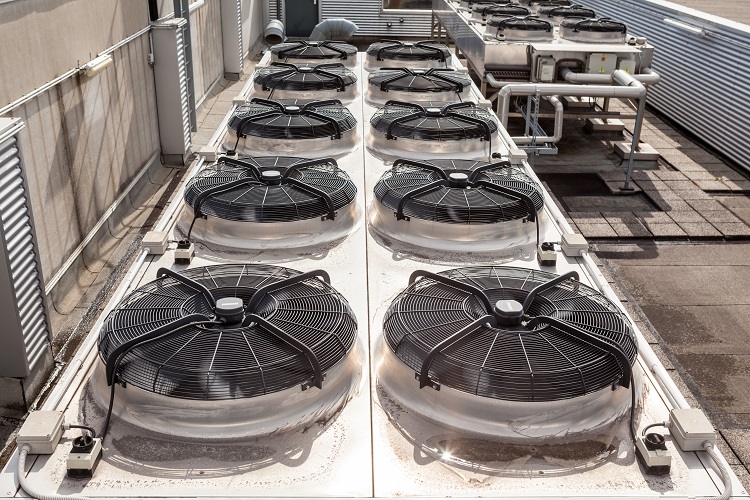Everything You Need To Know About Industrial Fans
An industrial fan plays a quintessential role in keeping the environment inside the industry, breathable and clean. Industrial fans are available in varied sizes and shapes for consumers to choose. They are responsible for regulating the airflow in the interior of the industry. This will ensure the good health and wellness of the employees, working in the factory. There are a variety of industrial fans available in the market, but you need to choose carefully, balancing between the energy efficiency and adding value in the factory.
2 Basic Categories of Industrial Fans:
 |
| Industrial Fans |
Two types of Industrial
Fans are commonly used for cooling
and exhausting heat to dust collection and material handling.
These following categories of fans meant for industries differ in style,
design, functionality and airflow direction.
- Axial Fans: This type of industrial fan is designed in a way that allows the air to flow in a linear direction. It forces the air across its axis parallel to the direction of rotation along the shaft. It has a propeller that rotates in a round section of the duct mounted on the wall. Axial fans are also equipped with guided vanes to eliminate air twist at the inlet or outlet and direct airflow through the blades in a linear direction. The size of the axial may vary depending on the operating conditions and the installation location. You can purchase varied blades like an aerofoil, paddle, variable pitch, etc. for an axial fan that suits you the most. The most popular blades amongst them are aerofoil blades as it is highly effective, makes less noise and has considerably higher efficiency.
- Centrifugal Fans: The impeller enhances the speed of air stream entering into the centrifugal fan. It has three driveshaft mechanisms, i.e., direct, belt-driven and variable. You can find this fan blade in various shapes and configuration like forward-curved, radial, backward-curved, airfoil etc. Depending on the volume flow rate and pressure requirements, fan types with different designs and capabilities are being used for various processes of industrial applications. Further, the fan is equipped with dampers, louvres and guided vanes. This will help in getting the desired airflow. It combines multiple fan systems in series or parallel arrangement.
Benefits of Industrial Fans:
· Multiple Wheel Selections: The fans
are designed carefully, that offers greater flexibility. Each size and class is
available in various widths from 50% to 100%, in 5% increments, to deliver the
exact performance you need with a direct driven blower.
· Rugged Construction: The fans used
in the industry have fewer field problems. Housings are heavy gauge steel and
are continuously welded to prevent leakage. Fan bases are 7 and 10 gauge steel
with internal bracing to prevent pulsation at all conditions.
· Easy Maintenance: Another
advantage of these fans is it requires very little time for maintenance. Replacing
a wheel or motor, or shaft and bearings on belt-driven models is easily
accomplished without disturbing the inlet and/or discharge connections.
· Premium Quality Components: If you are
looking for long reliable service, then opt for industrial fans. Most of the belt-driven
models have self-aligning, cast iron, grease lubricated, pillow block bearings
sized for a minimum 150,000 hours average life. All fan shafts are turned,
ground and polished and are coated with high-quality rust preventative before
shipment.
 |
| Industrial Fans |
Conclusion
Finally, remember all the pointers mentioned in
this article. An efficient fan in an industry should conserve energy and ensure
optimum output. The fans will guarantee a safer working condition for the
employees in the manufacturing facility.




